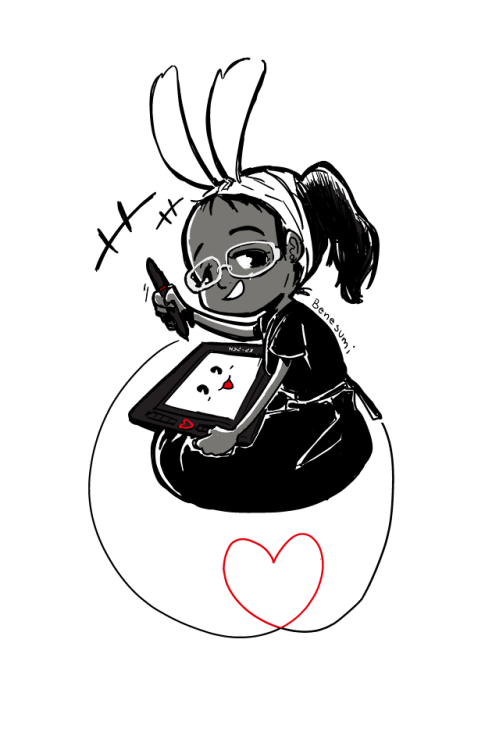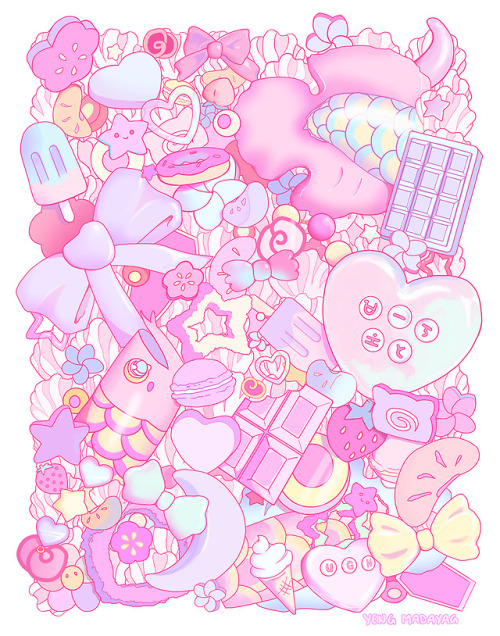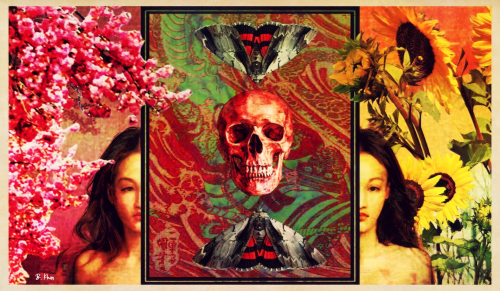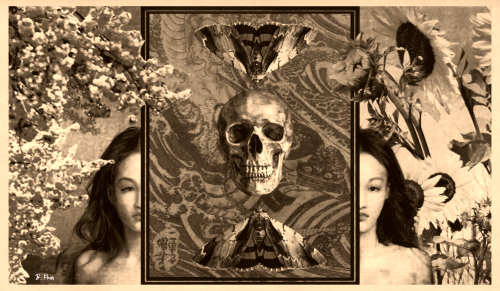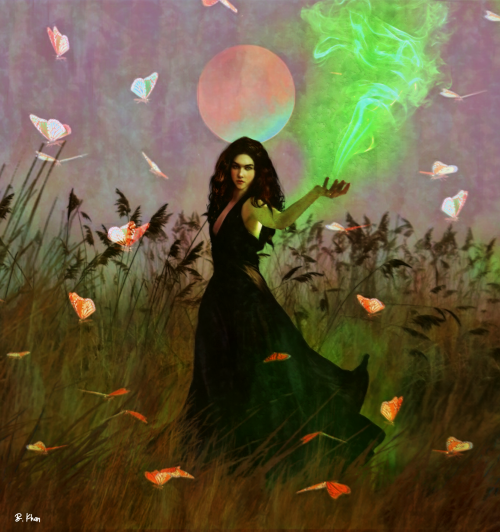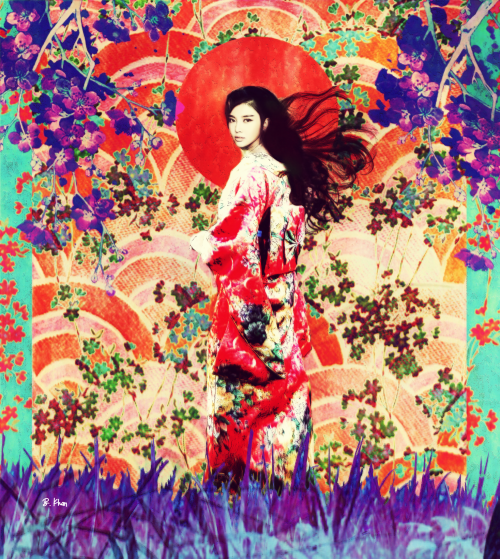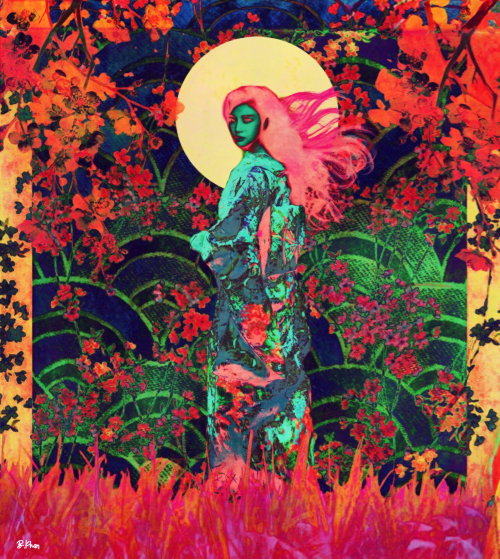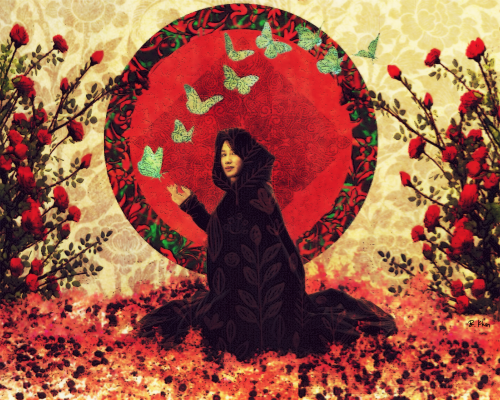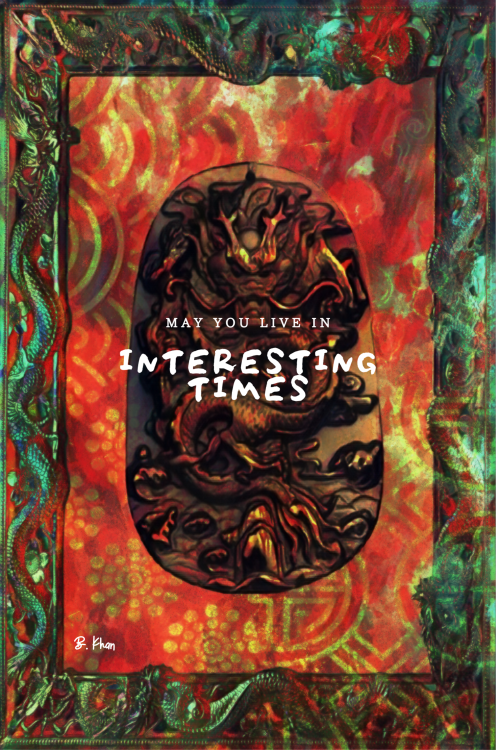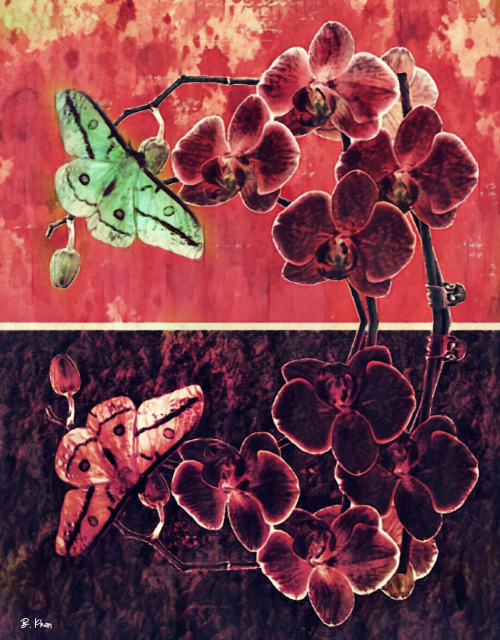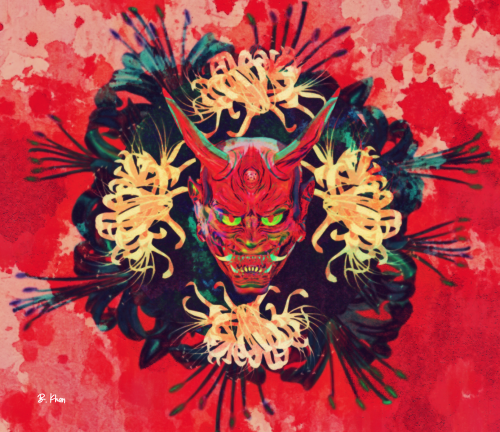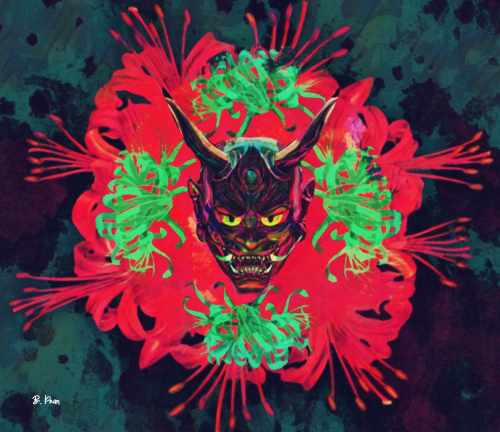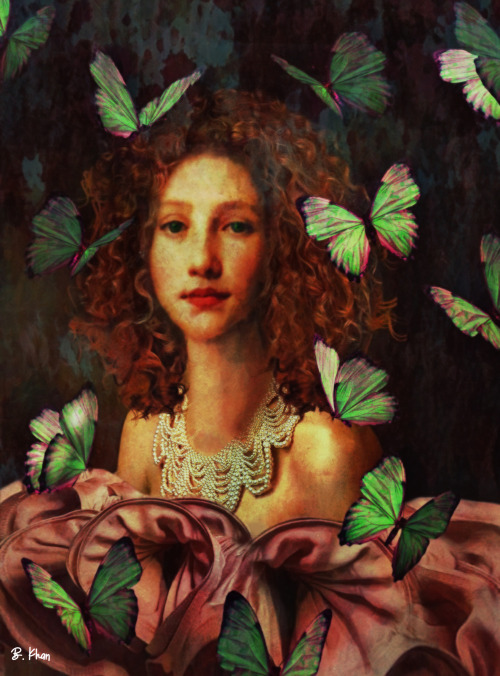#poc artist

BOTW screenshot redraw but I took a few liberties

CRAZY NOISY BIZARRE TOWN

Wow Kakyoin’s back must really be hurting,, what with him carrying the whole team and all-
My sister has recently gotten our father into watching JJBA and upon rewatching Stardust Crusaders, I’ve realized how much kak just swoops in when the others are freaking out and solves EVERYTHING

but your honor they’re married
(‘tis a commission! and speaking of! those are open btw! DM me for more information)

Battle Tendency but Make It Powerful Women✨
I am so freaking particular about genderbends so if I want to see a particular genderbent character I am required to do it myself-

Wow I LOVE IT when WOMEN

*announcer voice* L I N K
(for @/artistoftime’s DTIYS on IG✨)

NARUMITSU WEEK
Technically this is old art from when the trend first started [and i never posted it on tumblr because I didn’t see the trend as much over here??] but now seems like the best time-

TAZ Commission for a Friend!
They were expressing how, if Taako ever did replace Ango’s Grandpap’s silverware, he would probably take the three forks he gave to Ango back to complete the set he sold-

…to defeat the Necromancer they had to use LOVE(?)
Don’t even get me started on the Mystic Crystal music video, I won’t shut up-
On Monday, I received my drawing monitor from XP-Pen! The newly released XP-Pen artist pro 15.6 has sped up my workflow so I’m feeling pretty happy!
Ko-Fi: ko-fi.com/benesumi
Post link
Deco Dependence series, 2018
Pink and blue versions! Just recently finished the second one. Can’t even tell you how many hours were clocked in working on them! I don’t think I’ll make any more of these? At that point it’d just be going down the colors, and i need to take care of my wrists lol
Post link
(Trigger warnings: racism and slavery.)
Brown Girl After the Bath by Archibald John Motley, 1931.
Motley was the first African-American artist to earn a Guggenheim Fellowship for his artistic prowess and the first to be given his own show at a New York gallery. Despite this pioneering, his personal attitudes toward race were inconsistent and often troubling.
In an interview for the Archives of American Art recorded in the late 1970s, he recalls his grandmother’s experiences as a slave:
She said they treated her just lovely. She got nice clothes, nice shoes. They made them take good care of themselves. They made them bathe. They had good food to eat; they had the same kind of food as the master and the family had. So she said it wasn’t difficult at all. She said she liked it. She loved her master and mistress.
How does Motley miss the paternalism and infantilization at the core of that recollection? In one of his paintings, in gratitude to his grandmother’s owners, Motley actually added an image of the mistress as a tribute.
Motley does acknowledge that not everyone had the same experiences of slavery, but overall he seems to downplay the impact of racism on African-Americans, even hinting that inequality is partly self-inflicted. His rationalizations are difficult to hear, especially from someone whose breaking of barriers helped make the Harlem Renaissance possible.
His art, however, leans toward the progressive, with Motley demonstrating a moral obligation to uplift African-Americans through positive representations. Often he was preoccupied with skin tone, bringing to the forefront values of diversity and self-determination. In part, this was to subvert stereotypes. He wanted white audiences to appreciate the individuation within ethnic minority communities. Of the people in his paintings, he said:
They are not all the same color. They’re not all black. They’re not all, as they used to say years ago, high yellow. They’re not all brown. I try to give each one of them character as individuals…
Two of his most famous works, Octoroon Girl and the Mulatress, embed this message of diversity within their titles–though Motley’s terminology sounds like fingernails scraping a chalkboard from a 21st century listening post.
The description of the bather in the selected painting as “brown” is easier on the ears. Motley is very respectful of his nude figure. There’s an open curtain, an invitation to look, which mitigates the sense of voyeurism. Her confidence makes her more subject than object, and she is staring back at us, affirming her humanity, asserting her beauty as a person–which Motley, through his attention to detail, shows is enhanced, not mitigated, by the brown hue of her skin.
Post link

